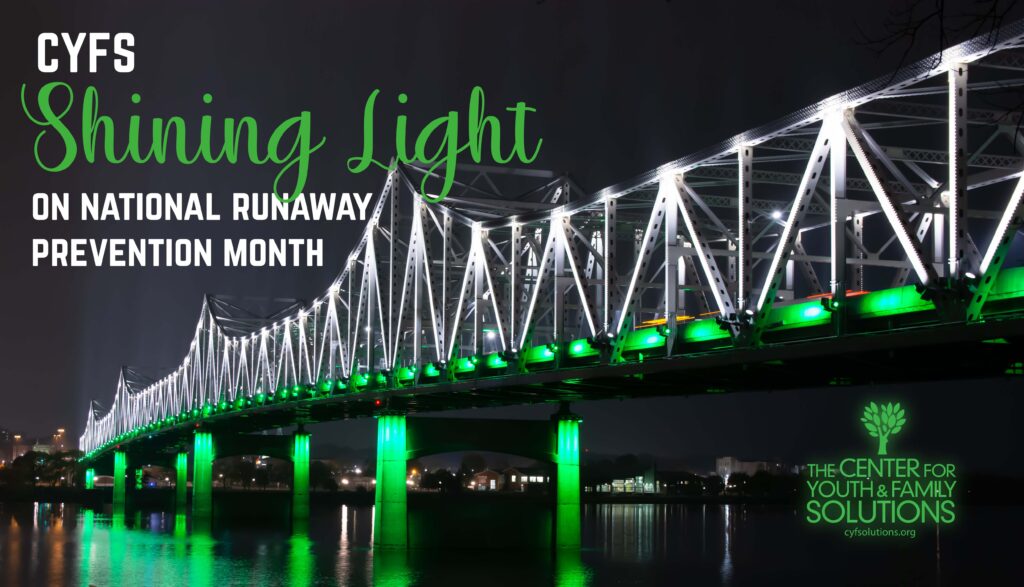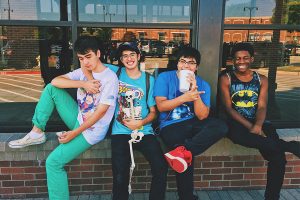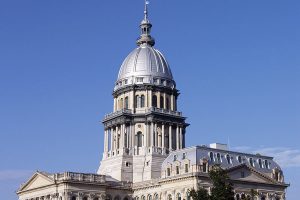Homeless & Runaway Youth
Publisher: ICOY Staff

Every year, the rate of American families becoming homeless increases. This includes more than 1.6 million children. Furthermore, homeless children are four times more likely to have illnesses. For example, they experience respiratory infections, gastrointestinal problems, and obesity due to nutritional deficiencies. In addition, emotional and behavioral issues arise because of their extenuating circumstances. Believing that no child deserves to be homeless, Carpenter’s Shelter founded November as National Homelessness Awareness Month. As the holidays are approaching, this awareness serves as a reminder to people of the importance of donating their time, resources, and attention to those in need (Herring, 2019).
National Runaway Prevention Month
In addition, November is National Runaway Prevention Month. This focuses on youth who have runaway and become homeless. Meanwhile, this community is often invisible to society. For various reasons, thousands of youth run away from home, leaving them on the streets without a safe place to stay. Individuals, communities, and organizations work together nationwide to prevent youth runaway and homelessness (Williams, 2020).

The National Runaway Safeline
The National Runaway Safeline (NRS)‘s mission “is to keep America’s runaway, homeless and at-risk youth safe, and off the streets.” The organization places additional emphasis during the November awareness month. The NRS organizes national events supported by youth ambassadors. Some events virtually engage with their community of followers on social media platforms like Twitter chat. On the other hand, other events include learning series and roundtable discussions to highlight the importance of preventing youth from running runaway. In addition, NRS provides passive awareness like illuminating landmarks in green lighting. For example, this year the Murray Baker Bridge in Peoria, Illinois, shined bright in green light on Wednesday, November 10 (pictured). Furthermore, the organization provides downloadable resources and campaign materials on their site.
LGBTQI+ youth
In the context of social justice, nothing happens in a vacuum. Intersectionality is the connectedness of social identities such as race and class. It often magnifies the scope of social issues, and homelessness is no exemption. A 2017 study from Chapin Hall at the University of Chicago found that LGBTQI+ youth have a 120% higher risk for homelessness as compared to their heterosexual peers. Furthermore, the statistics are only amplified for LGBTQI+ people of color. LGBTQI+ individuals are also more likely to experience negative outcomes while homeless. Thus, it may be more difficult for them to entirely escape the cycle of homelessness (Morton, M. H., Samuels, G. M., Dworsky, A., & Patel, S., 2018).
LGBTQI+ youth face higher incidences of homelessness for a range of reasons. One of the most highly reported is familial rejection or neglect. When young people’s identities are not accepted and affirmed by family members, they often either leave home on their own accord or at the family’s wishes. Although LGBTQI+ youth consistently face higher rates of homelessness, they do not see infrastructural support consistent with this. There are extremely few LGBTQI+ specific services for those experiencing homelessness, which is due largely in part to the fact that the federal government does not allocate any funds for this specific issue. The issue of disproportionate homelessness among LGBTQI+ youth is widely recognized, so why are these individuals often not supported by their communities?
The mission of this month is to bring homelessness to the forefront. It serves as a reminder to advocate, educate, and increase awareness about youth runaways and homelessness. Furthermore, this month prompts the community to consider accompanying experiences to homelessness, such as bullying, youth violence, assault, and substance abuse.
ICOY Staff Contributions
Written by ICOY Senior Trauma Specialist Heshima Mance and Trauma Initiatives Intern Emily Waskowitz. Editing contributions by ICOY CEO Andrea Durbin, Assistant Executive Director Sarah Daniels, and Communications & Marketing Manager Melissa Franada. Find more information on the ICOY Staff.
References
Herring, C. (2019). Complaint-oriented policing: Regulating homelessness in public space. American Sociological Review, 84(5), 769-800.
Morton, M. H., Samuels, G. M., Dworsky, A., & Patel, S. (2018). Missed opportunities: LGBTQ youth homelessness in America. Chicago, IL: Chapin Hall at the University of Chicago.
Williams, N. J. (2020). Staying the Course: A Runaway Prevention Program for Residential Foster Care Youth (Doctoral dissertation, University of Southern California).1800runaway.org
Youth Homelessness






